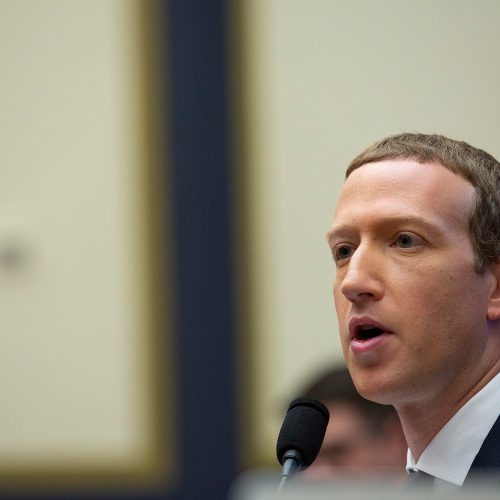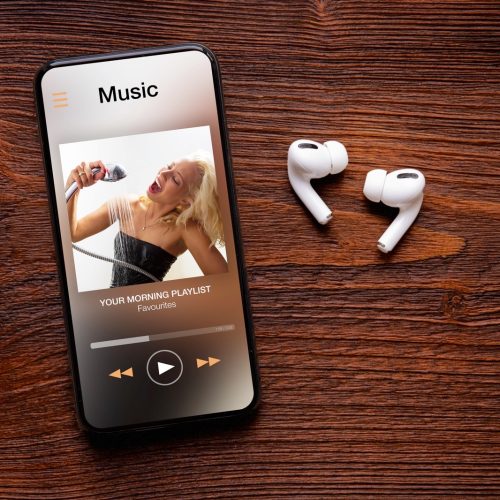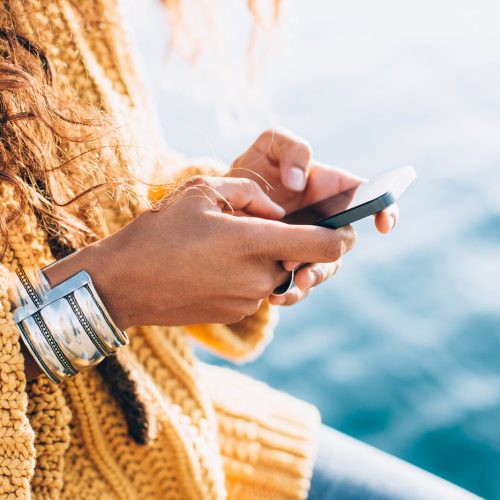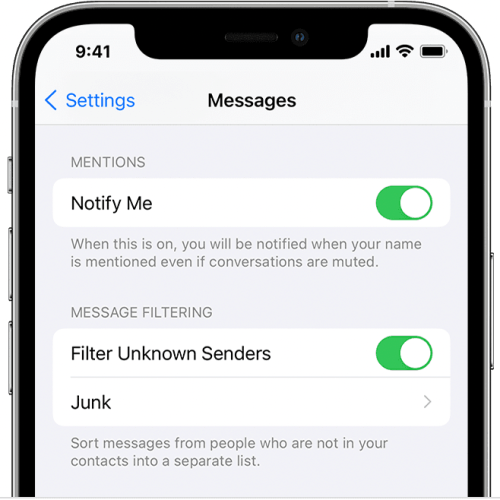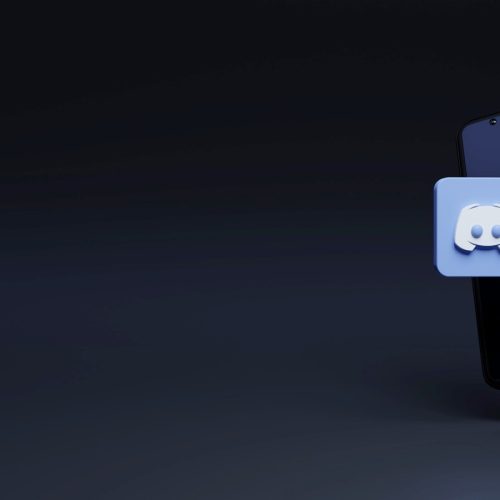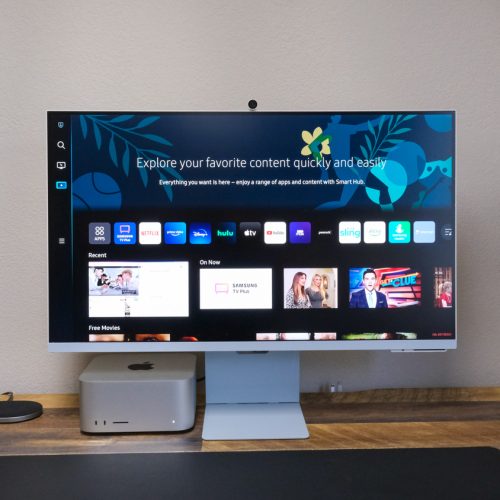Apple will unveil most of the new iOS 16 features at its WWDC 2022 event in a few days. But don’t expect any Apple to showcase any of the iPhone 14-centric features that it’s building into the new mobile operating system. That’s what leaks are for, and a reliable insider says that Apple might add always-on display support to the iPhone 14 Pro and iPhone 14 Pro Max.
Apple already offers always-on support on the Apple Watch flagships, and the feature has been available on Android devices for years. Always-on screens usually show the time and date, as well as additional stating content, like notifications. But Apple has stayed away from supporting always-on display on the iPhone. And the iPhone 14 Pro doesn’t even need the functionality. That’s because the iPhone does have a clear advantage over Android that might make always-on displays redundant.
Bloomberg’s Mark Gurman detailed some of the most significant iOS 16 features in his Power On newsletter.
Gurman said that Apple plans major enhancements for the lock screen, including wallpapers with “widget-like capabilities.” The always-on display is one of those enhancements. Apple also considered adding always-on functionality to the iPhone 13 last year, but that didn’t happen.
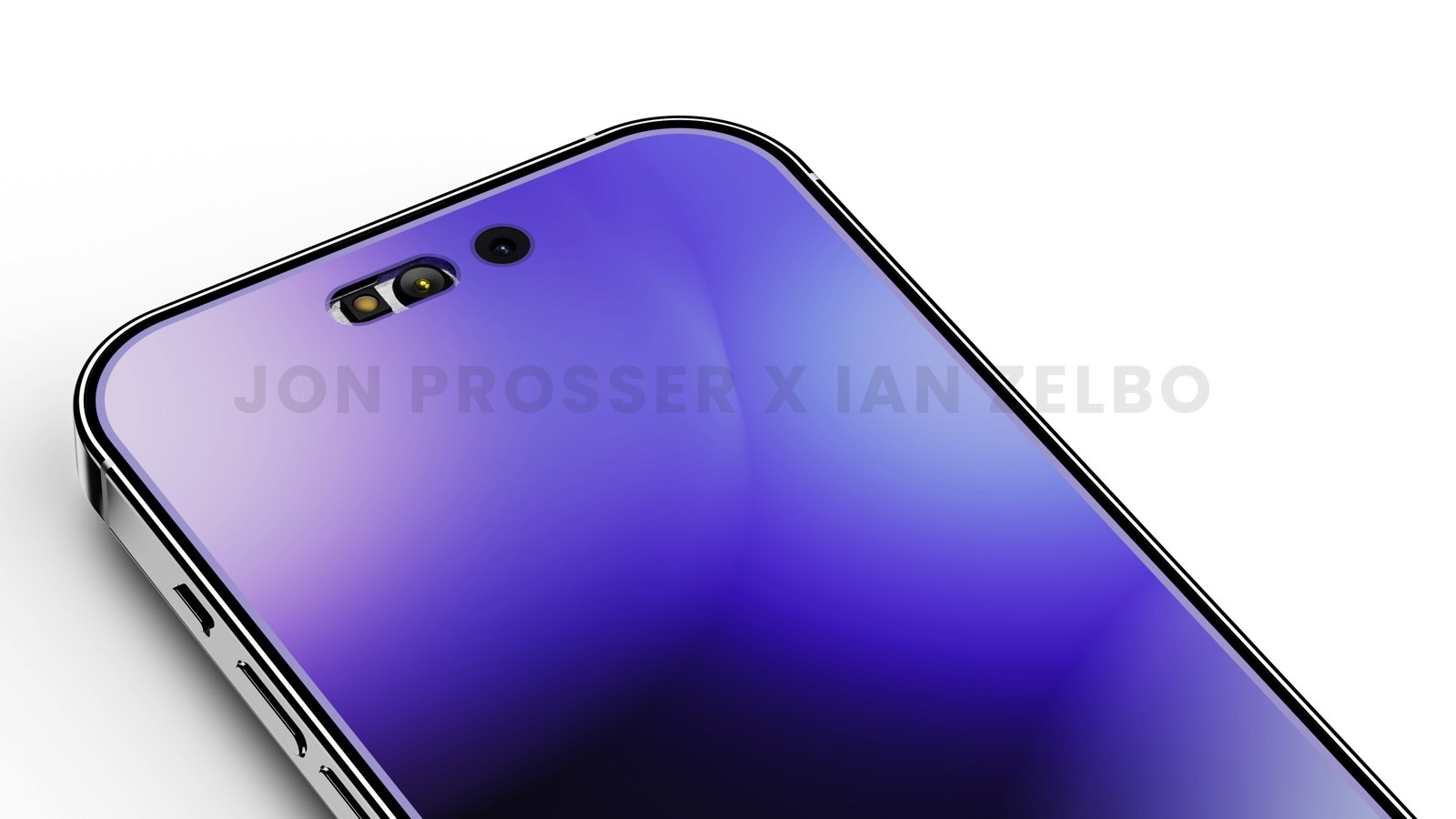
The new iPhone 14 Pro always-on display rumor
A year later, Apple will not add always-on display support to all iPhone 14 models. Instead, only the iPhone 14 Pro and iPhone 14 Pro Max will get the functionality. That’s not just so Apple can justify the expected price hike for the iPhone 14 Pro models.
Always-on displays require a hardware component that only the iPhone 14 Pro models will get. The handsets will feature OLED displays that deliver refresh rates up to 120Hz. It’s what Apple calls ProMotion, and it’s a feature that’s partly responsible for Apple’s massive battery life on the iPhone 13 Pro Max.
The screen doesn’t stay on 120Hz refresh rate throughout the day. On the iPhone 13 Pro screens, the refresh rate fluctuates between 10Hz and 120Hz. Always-on features will require lower refresh rates. The iPhone 14 Pro will have to “turn down the frame rate significantly on the lock screen,” Gurman says.
The Apple Watch’s refresh goes down to 1Hz while the always-on feature is enabled. It’s unclear whether the iPhone 14 Pro screen will go as low. But the lower the refresh rate while the screen is turned on to display static information, the higher the battery savings.
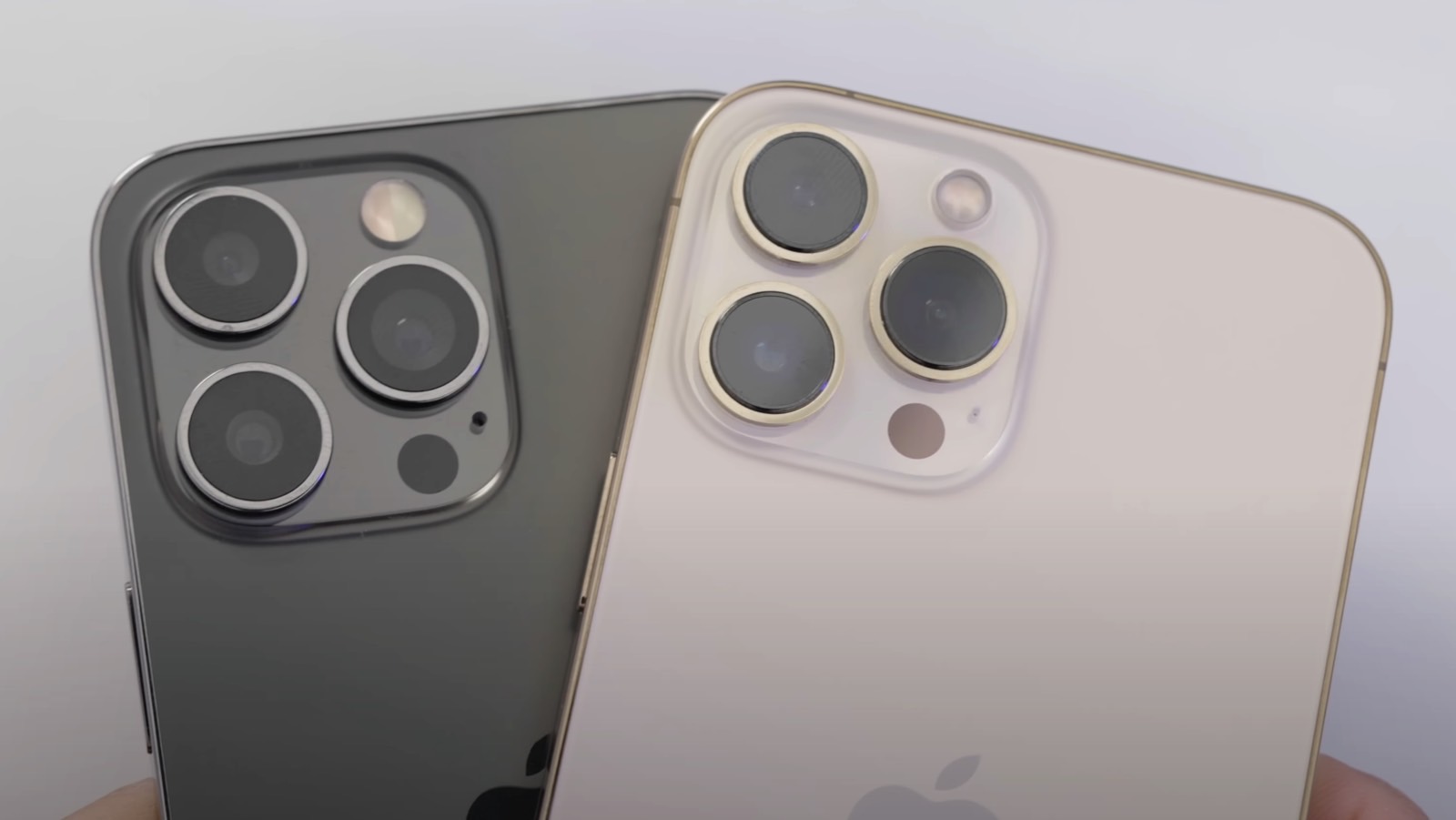
Why Apple doesn’t need the feature
Battery life isn’t even why the iPhone 14 Pro doesn’t need to support always-on display functionality. The handsets should be slightly thicker than their predecessors. This implies Apple will use slightly thicker batteries to power the handsets.
Nor is it the risk of burn-in. Showing the same static images on the display can lead to burn-in effects in time. But Apple will likely have measures in place to prevent that. Samsung does it by slightly repositioning the static images over time.
The reason why the iPhone 14 Pro and Pro Max do not need always-on displays is Apple’s massive technical advantage over Android: Face ID.
An always-on display helps you determine whether you need to take action, as it shows you the number of notifications that might need attention. But it won’t show the content of those notifications. So you’d still need to unlock the phone to read them.
But when you pick up any iPhone, the screen comes to life, and it unlocks immediately using Face ID. At that point, you’re one flick away from checking notifications. The always-on display isn’t even needed because Face ID unlock happens passively and almost instantaneously.
The authentication is done before you have a chance to flick up to get to the home screen or flick down on the left side of the notch to see notifications. The minimal information that the always-on display can offer you isn’t helpful in this case.
The same experience is not possible on Android, however. Current flagships lack 3D face authentication, and using 2D face unlocks isn’t advisable. That’s to say that you still need to take an additional active step to unlock the phone after glancing at its always-on display.
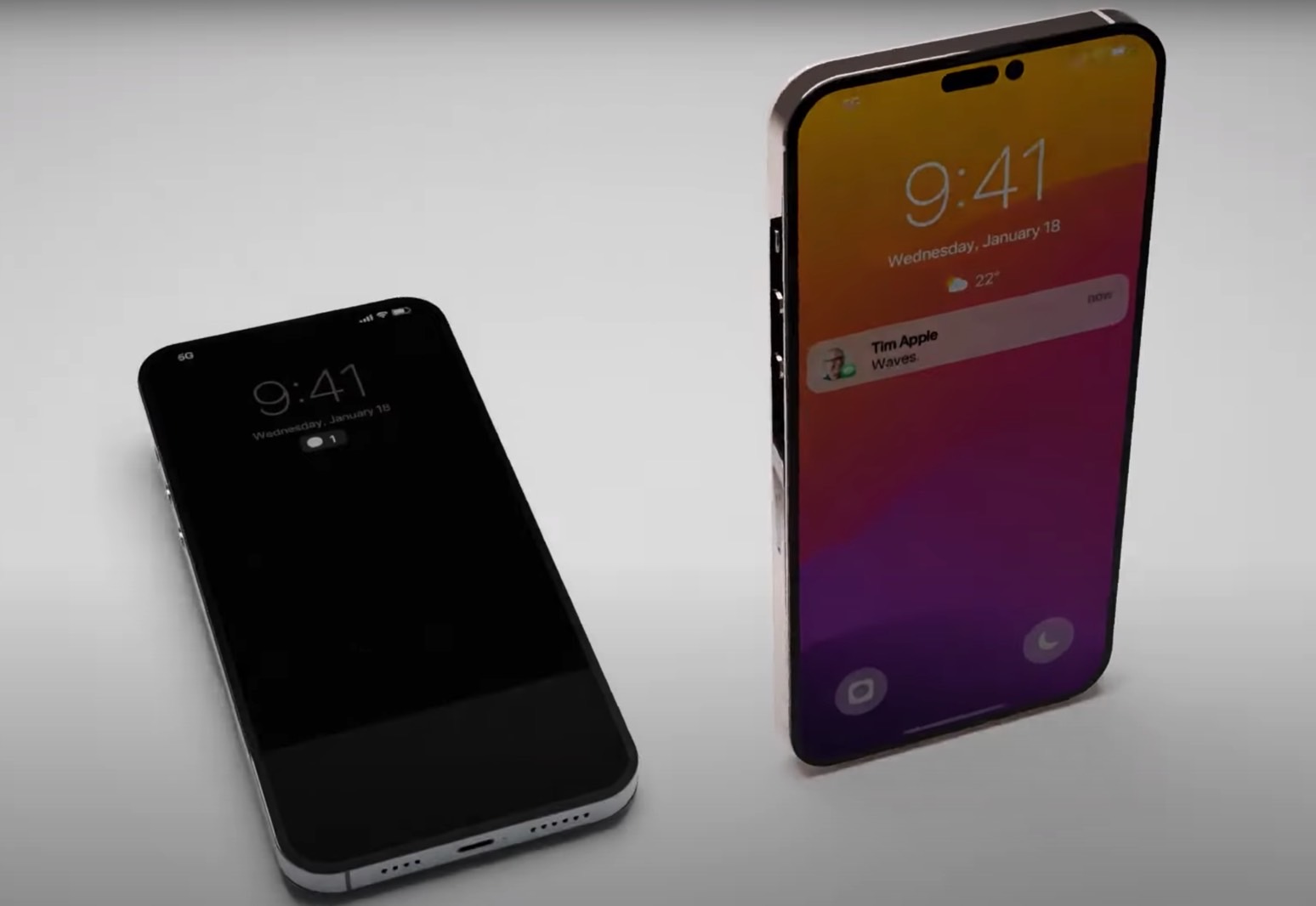
The advantages of always-on displays
Furthermore, if you also use an Apple Watch, then you’re getting all the notifications on your wrist. You don’t need them to show up on the always-on display of an iPhone 14 Pro or Pro Max in such a case.
With that in mind, the iPhone 14 Pro and Pro Max getting always-on display support isn’t a must-have feature. But if ProMotion goes down to 1Hz on the new LTPO OLED panels, Apple might introduce the functionality. One reason for doing it is to match a feature that’s available on Android. And something people who switch from Android to iPhone might expect.
The only real benefit of an always-on display is to see whether you’ve received any notifications on an iPhone from a distance, which makes Face ID unlocks impossible. Like the handset resting on a desk or on a wireless charger. But with any life-and-death matters, you’ll have the iPhone in your hands, actively checking if you’ve received that call or message that you’ve been waiting for.
On a related note, if the iPhone 14 Pro models will get always-on display support, don’t expect to see the feature on older hardware. The iPhone 13 Pros might be the only exception, as long as the feature doesn’t need support for 1Hz refresh rates.
More iPhone coverage: For more iPhone news, visit our iPhone 14 guide.

